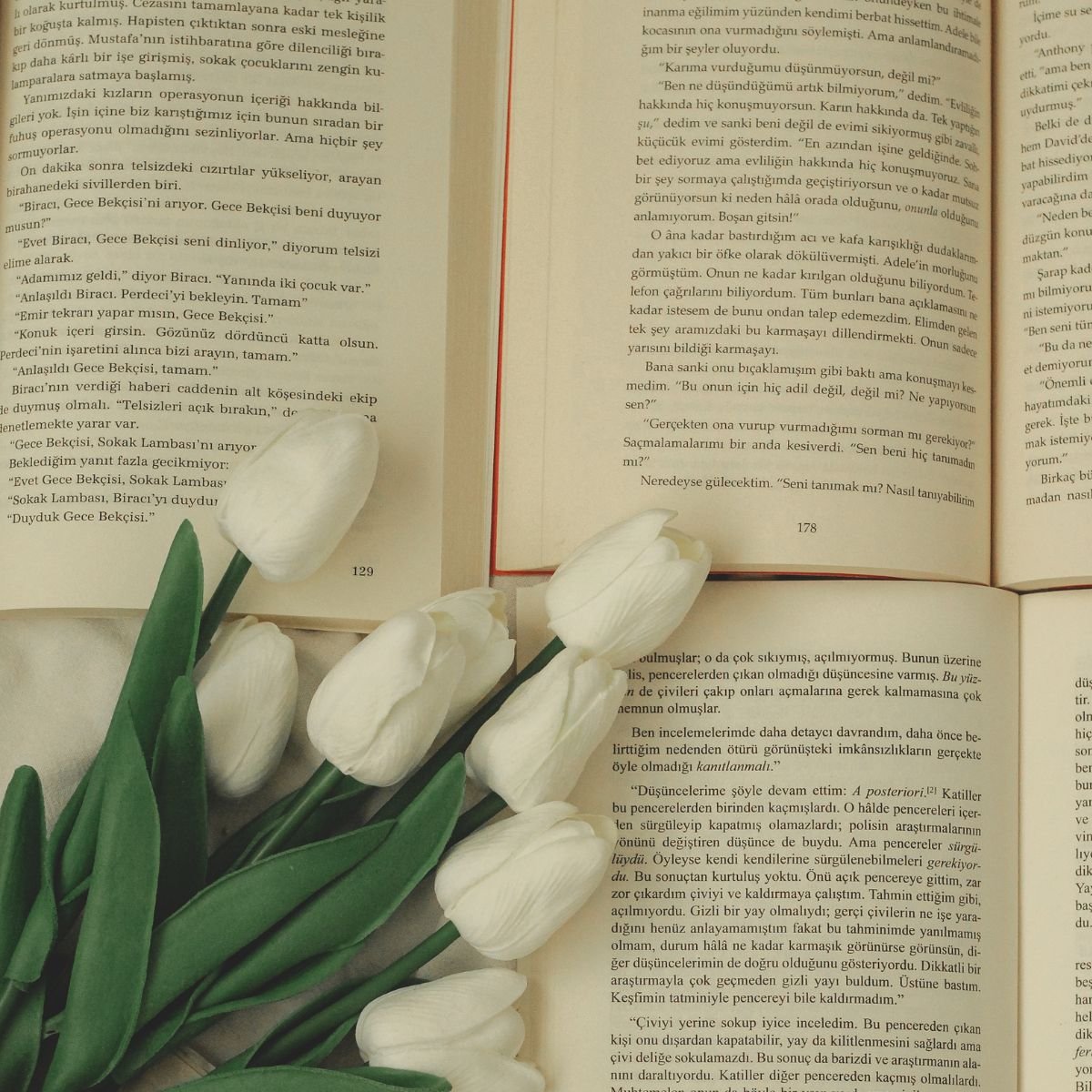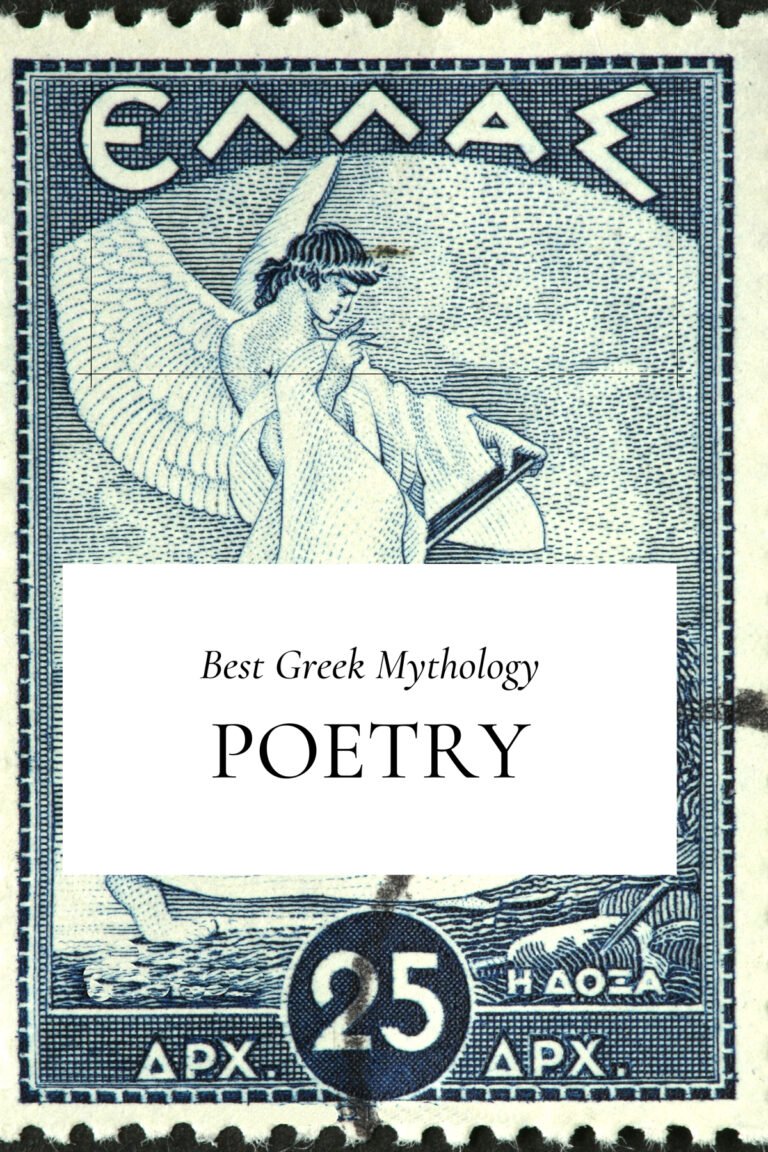Inside: 5 examples of cinquain poetry and tips on how to write your own.
If you’ve ever studied reading or writing poetry at all, or even creative writing, or even simply the English language and literature, you know how many types and styles of poetry there are. You can read and write in syllables, in line structures, in rhyming patterns, in stanzas… There are so many options for structured and specific styles of writing in the world of poetry.
We all learned about Haikus in elementary school writing classes, and it’s all gone downhill from there, learning more in depth about different kinds of other structures of poems.
The one that we will be discussing and breaking down today is the cinquain poem, one that has originated in the English writing world, which not all styles are, so this translates well when you try to read these examples of these poems in English.
If you’re reading a poem structure that originates from Japan and is syllable focused, it doesn’t translate directly because the language translates differently.
You’re going to enjoy learning about this new style. Let’s dive in.

What Is Cinquain Poetry?
Maybe you’ve heard of this style before and need a refresher or maybe you need a little bit of 101 teaching on the subject.
For starters, cinquain poetry is an American founded style of poetry that was inspired by the haiku structures that we have all been so familiar with since our early school days. A great creative writing prompt that used a specific number of syllables and lines, a haiku is so short that it paints a brief image and allows the reader to fill with their imagination between the lines that the poet didn’t have enough syllables to explain more in depth.
Again, the cinquain style was inspired by the haiku, but it has more lines, more syllables, and by nature tells more of a story for the reader. There will, of course, still have thoughts and details left to the imagination, but there is naturally more space available to tell a more full story.
These poems have five lines of prose, per stanza, and instead of having a true line by line syllable quota, it’s more that the progression of each line’s cadence goes: 1, 2, 3, 4, 1. it builds, just to drop back down to a 1 at the last line. A 1 can mean anything, but ultimately it matches the first line in syllables, rhythm, and stresses, or emphasis. There are many ways to write a chinquapin and many different variations of the type. But this is your most basic breakdown of the style.
So while that first line and the last line don’t always have much space to say much, there’s a lot that can be said in a few syllables. Mark Twain said once that it takes a great writer to say in less words what a good writer said in many. This is exactly how practicing with poetry structures like this can make you a better writer– by figuring out creative ways to say more with less verbiage, less words, and less syllables. Two syllables can be a one word line or a two word line, and either way, the word or two that you choose really defines how the poem is set up as closed.
As we dive into these interesting and brilliantly written cinquain poems, pay attention to and keep in mind how many other ways these poets could have said what they are saying, but are instead using this word choice to keep to the structure that they chose to write this particular poem in.
They could have chosen a freestyle poem with little to no rules in place to decide how to tell their story, but they chose this for a reason. Be mindful of all of the artistic choices made and set in place here and enjoy these poems.
Five Examples

1. The World
Love built a stately house, where Fortune came,
And spinning fancies, she was heard to say
That her fine cobwebs did support the frame,
Whereas they were supported by the same;
But Wisdom quickly swept them all away.
The Pleasure came, who, liking not the fashion,
Began to make balconies, terraces,
Till she had weakened all by alteration;
But reverend laws, and many a proclomation
Reforméd all at length with menaces.
Then entered Sin, and with that sycamore
Whose leaves first sheltered man from drought and dew,
Working and winding slily evermore,
The inward walls and summers cleft and tore;
But Grace shored these, and cut that as it grew.
Then Sin combined with death in a firm band,
To raze the building to the very floor;
Which they effected,–none could them withstand;
But Love and Grace took Glory by the hand,
And built a braver palace than before.
2. To Helen
Helen, thy beauty is to me
Like those Nicean barks of yore,
That gently, o’er a perfumed sea,
The weary, way-worn wanderer bore
To his own native shore.
On desperate seas long wont to roam,
Thy hyacinth hair, thy classic face,
Thy Naiad airs have brought me home
To the glory that was Greece.
And the grandeur that was Rome.
Lo! in yon brilliant window-niche
How statue-like I see thee stand!
The agate lamp within thy hand,
Ah! Psyche from the regions which
Are Holy Land!

3. Castle
Castle
Strong, beautiful
Imposing, protecting, watching
Symbolizes wealth and power
Fortress
4. Hymn to God, My God, in My Sickness
Since I am coming to that holy room,
Where, with thy choir of saints for evermore,
I shall be made thy music; as I come
I tune the instrument here at the door,
And what I must do then, think here before.
Whilst my physicians by their love are grown
Cosmographers, and I their map, who lie
Flat on this bed, that by them may be shown
That this is my south-west discovery,
Per fretum febris, by these straits to die,
I joy, that in these straits I see my west;
For, though their currents yield return to none,
What shall my west hurt me? As west and east
In all flat maps (and I am one) are one,
So death doth touch the resurrection.
Is the Pacific Sea my home? Or are
The eastern riches? Is Jerusalem?
Anyan, and Magellan, and Gibraltar,
All straits, and none but straits, are ways to them,
Whether where Japhet dwelt, or Cham, or Shem.
We think that Paradise and Calvary,
Christ’s cross, and Adam’s tree, stood in one place;
Look, Lord, and find both Adams met in me;
As the first Adam’s sweat surrounds my face,
May the last Adam’s blood my soul embrace.
So, in his purple wrapp’d, receive me, Lord;
By these his thorns, give me his other crown;
And as to others’ souls I preach’d thy word,
Be this my text, my sermon to mine own:
“Therefore that he may raise, the Lord throws down.”

5. Limerick: There was an Old Man in a boat
There was an Old Man in a boat,
Who said, ‘I’m afloat! I’m afloat!’
When they said, ‘No! you aint!’
He was ready to faint,
That unhappy Old Man in a boat.
Whether you’ve been immersed in the world of poetry for a long time or you’re new to learning about new styles and techniques, there’s always more to learn. And that’s an exciting thing.
While poetry doesn’t even have to have a specific structure to it to be interesting if the author is someone that you enjoy enough, there’s something to be said about artistic rules that are made to create an interesting twist on an original piece.
When you put limitations and guidelines on a piece of art, it sounds like it’s going to be boring. But realistically, it forces the poet to not just write the words that come to mind and sound good together, but really think about the structure and the specific word choice when it comes to the syllables. This makes for interesting word play, phenomenal outside of the box sentence construction, and a brand new way to think about what they had originally wanted to say plainly.
I hope you enjoyed this little lesson on cinquain poetry and that you move forward with a new appreciation for syllables and how they are used together.
Speaking of Japanese poems… They really are interesting when you start to dive into how they generally structure their poems. Give this post a read for more ideas!







